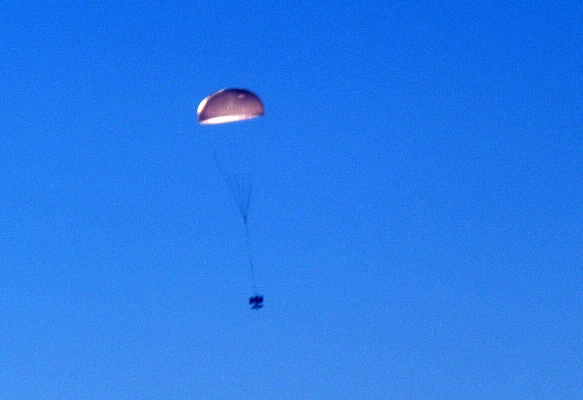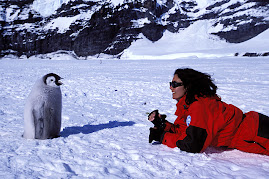 FROM THE AUSTRALIAN ANTARCTIC DIVISION WEBSITE:
FROM THE AUSTRALIAN ANTARCTIC DIVISION WEBSITE:
The Airbus A319 landed on the purpose-built Wilkins Runway, around 70kms from Casey station, late on Sunday night and returned to Hobart early on Monday, December 10.
Director of the Australian Antarctic Division, Dr Tony Press, said that it was a very exciting time in Australia's Antarctic history.
"It is a most ambitious undertaking which, for the first time, connects Australia and Antarctica with a permanent air link. It really is a tremendous achievement and marks a significant milestone for Australia's Antarctic Program.
"Operational crews reported that the aircraft handled the conditions well and had nothing but praise for Wilkins Runway. It has been a wonderful reward, too, for the ground support personnel who have worked so hard in sometimes appalling conditions."
The flight to Wilkins carried only operations personnel and was one of a series of successful 'proving' flights before final approval from authorities to allow passengers on board.
Dr Press said that passenger safety was paramount to a successful air link.
"Everything is on schedule as the air link nears final approvals."
Regular operational flights to Antarctica will begin once regulatory approvals are completed over the next week or so.
Media contact: Patti Lucas 0439 639 227
PHOTO by Tom Delfatti: Left, Charlton Clark, Manager - Antarctic Airlink Project and (right) Dr Jeremy Smith, Casey Station Leader with the A319 at Wilkins Runway.____________________________________________________________________________________
A passenger jet has made a historic landing on a new blue ice runway in Australia's Antarctic territory and regular flights are expected to start within a week, officials said Wednesday.
But trips on the Airbus A319 to the Wilkins Runway will be for scientists and research staff only, with no plans to open the airlink to tourists, project manager Charlton Clark told AFP.
In the first trial landing on Monday, the plane pulled up within 1,000 metres despite the lack of friction to grab the wheels on the ice.
Clark said work had begun on the 10 million dollar (8.7 million US) runway 70 kilometres from Australia's Casey research station in 2005, with crews living in shipping containers.
"Just living in that environment, with conditions of minus 35 degrees and up to a hundred knots of wind, let alone doing the work, was an amazing undertaking," he said.
Using laser levelling technology, they graded and shaved the ice flat and must keep grooming it to keep it snow free.
The runway was named for the adventurer and aviator Sir Hubert Wilkins, who made the first flight in Antarctica 79 years ago.
Scientists and specialists working at Australia's Antarctic field stations, who previously had to spend weeks voyaging to and from the ice by sea, are expected to start flying within a week, he said.
Other nations with Antarctic research stations have been flying to the icy continent for years from countries such as New Zealand and South Africa, but using military aircraft.
The Australian Antarctic Division says its introduction of a modern jet aircraft, which can complete a return journey without refuelling, marks the start of a new era.
FROM: AFP



















